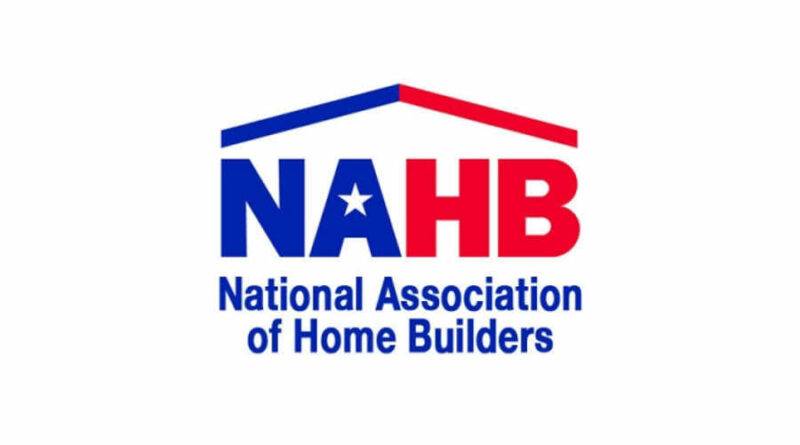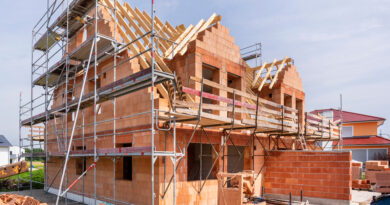The B&D Interview: Robert Dietz, Chief Economist, National Association of Home Builders
Builder and Developer: With half the year come and gone, what do you see in store for the latter half of the 2024 United States housing market economy?
Robert Dietz: The big change to our forecast compared to six months ago is that our current outlook is that inflation has proved to be more persistent. We’re still a little bit above 3%. Inflation peaked a couple of years ago at about a 9% rate, so there’s been a lot of progress made through tight monetary policy, but that last leg is proving to be more challenging. The factor that is causing inflation to be persistent is housing inflation, or shelter inflation, which is still well above 5%.
Over the last year in just about every single month, shelter inflation has been responsible for more than 50% of the overall gain and inflationary pressures for the United States economy. The reason that’s important is that we have to look at both the expectation of what housing costs are going to do going forward to get a sense of where the Federal Reserve is going to take monetary policy and mortgage rates.
We have one rate cut in December in our forecast, and then six more in 2025. That delay is based on our expectations from about six months ago. We’ve pushed everything out because the fight against inflation is taking longer.
As the Fed cuts rates, that’s going to bring some downward pressure to mortgage interest rates within our forecast table. By the end of 2025, we should see mortgage interest rates settle somewhere around 6% again, maybe a little bit below six by the fourth quarter, based on the Fed easing.
We still expect single-family starts to post an increase for this year. Starting off pretty strong on a year over year basis, things like single-family homebuilding is up more than 20% year over year. But that’s a little misleading because the early 2023 data that we’re comparing that to was relatively weak on a year to calendar year basis. So 2024, as we expect it to end compared to 2023, we think single-family starts will be up somewhere between five and 10%.
It’ll be an increase, and what’s driving that is that resale inventory is about half of what it should be. A full third of single-family inventory is new construction. Historically, new construction is about 12% of the market.
B&D: Is there any particular aspect of homebuilding that you see growing or shrinking in the future?
RD: Single-family attached housing, or single-family homes built as townhouses represent about 17% of single-family starts. That share is going to continue to rise. Back in 2015, townhouses were 12% of the market. Now they’ve risen to 17%. That growth is going to continue, we’re likely to see in the coming years, townhouses representing at least 20%.
New single-family home size has been going down for about a decade. The trends on new home size are going down on an immediate basis and likely to continue to fall. In 2025 it will most likely stabilize as mortgage interest rates begin to move lower.
Now for single-family built for rent (BFR) construction. If you look back a few decades ago, the single-family BFR was maybe 3% of single-family construction. Today it’s closer to 10%.
B&D: What advice do you have for homebuilders to succeed the rest of this year and into the next?
RD: Be prepared for an expanding market. There’s going to be additional competition for skilled labor as we move into 2025. Having strong relationships with subcontractors to make sure that the labor force is going to be there for our businesses to be able to expand. Watch lot supplies and markets, because we will see lot availability tighten up as we move into 2025. Be a little bit protective in terms of the expectation on lumber prices.
There’s a 9% tariff rate on Canadian lumber that could go up later this year. That’ll add some upper cost pressure. But more importantly, we simply don’t produce enough domestically. If the demand for softwood lumber increases, you would expect to see lumber prices rise. Whether it’s from a budgeting perspective or being prepared to include some kind of escalation clauses as we move forward, this might be something to think about.



